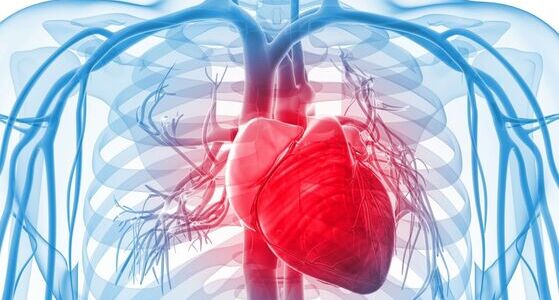Your vascular system is made up of vessels that carry your blood throughout your body.
Arteries carry oxygen-rich blood away from your heart. Veins carry oxygen-poor blood back to your heart. Your blood leaves the left side of the heart and is pumped out to the rest of your body.
The main artery from your heart is called the “aorta.” As your blood travels throughout your body, it enters smaller and smaller blood vessels, reaching every cell, dropping off nutrients and picking up waste products and carbon dioxide. Your blood then starts the trip back in your veins, entering larger and larger ones as it goes, passing through your kidneys and liver on the way to drop off waste products. The blood eventually arrives back at the right side of your heart to start the trip all over again.
The Society for Vascular Surgery wants you to know that as we age, our arteries tend to thicken, get stiffer, and narrow when plaque builds up and cholesterol collects in large- and medium-sized arteries. A narrowing of the arteries from the build-up of plaque can lead to coronary heart disease and can cause a heart attack when this occurs in the blood vessels leading to the heart. The same situation in the arteries leading to the brain can cause strokes. Narrowing of the arteries in other places, such as your legs, can cause what is called peripheral arterial disease or PAD. PAD can lead to sores and pain with walking, which may eventually lead to gangrene and an amputation. When the smaller arteries are affected, it is called “arteriosclerosis.”
If your doctor diagnoses you with vascular disease, it is important to see a vascular surgeon. They are highly trained in vascular disease and are the only medical professionals who can treat vascular disease with medical management, minimally invasive procedures, and open surgeries.




